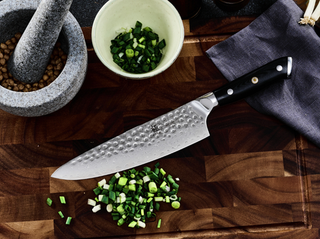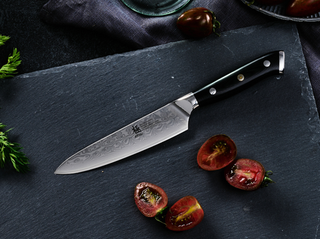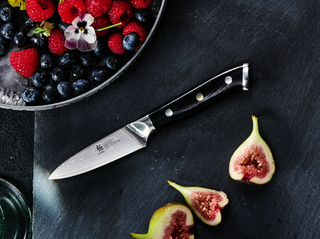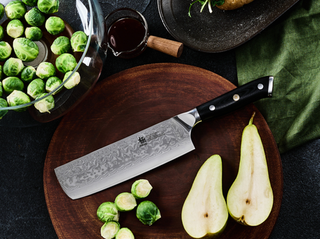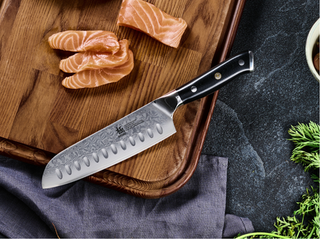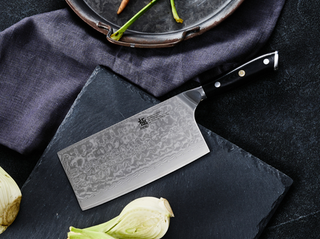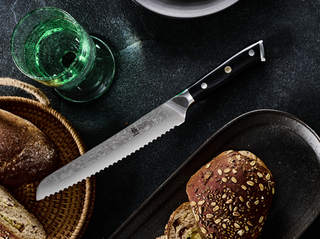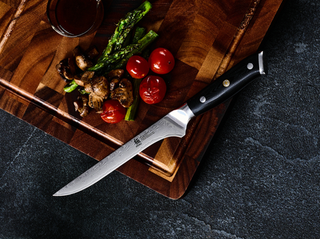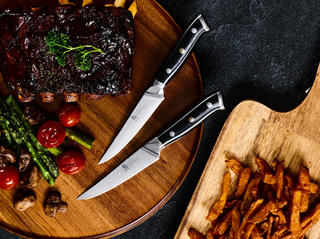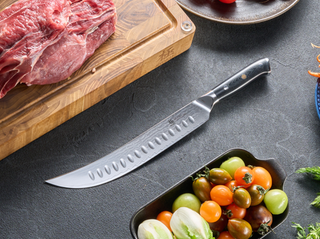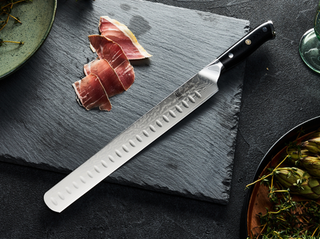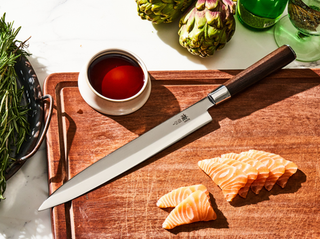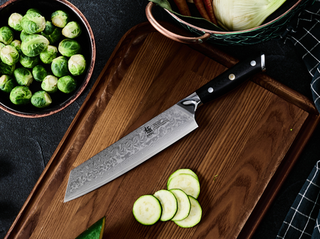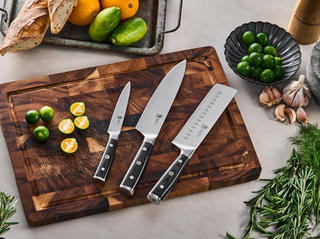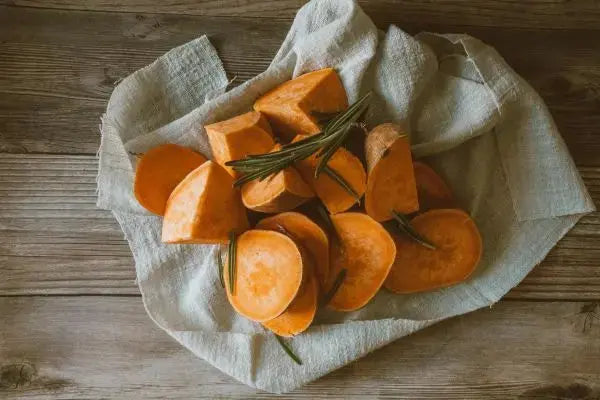Coarse chopping is a simple thing to do when you are cutting vegetables and ingredients, but it can completely transform the look and feel of your dishes. In fact, understanding when and how to coarse chop is a great skill that adds a bit of crunch flavor and texture to your food.
So, what does “coarse chopped” mean, and how can you use it in your kitchen?

What “Coarsely Chopped” Means and When to Use It
Simply put, “coarsely chopped” means the food has been cut into larger, rougher pieces, usually about ½ to 1 inch in size. The cuts are not necessarily uniform in size, and the texture is intentionally chunky rather than fine and even.
When recipes call for coarse chopping, they usually want the ingredient to:
- Hold shape during cooking
- Add noticeable texture
- Contribute to flavor in distinct bites
- Create a rustic or hearty presentation
Coarse chopping is all about texture and presence: unlike fine chopping, which produces ingredients that blend into a dish, coarsely chopped ingredients are chunkier, so they can retain their texture even after cooking.
When Do You Need Coarse Chopping?
As a rule, you use coarse chopping when you need your ingredients to hold up and retain their structural integrity during and after cooking. Coarsely chopped vegetables, for example, are mostly used in hearty stews and soups because they remain firm and retain and so are more likely to retain their taste after cooking.
Consider coarsely chopped ingredients if you are cooking any of the following:
- Roasts and braises: Chunky, coarse-chopped vegetables will enhance flavor and texture.
- Stocks and broths: Coarsely chopping your aromatics allows easy straining and also contributes to flavor.
- Salads and salsas: Chunky, coarsely chopped pieces provide a rustic texture and visual appeal to your salads or salsas.
- Baking and making toppings: Coarsely chopped nuts or chocolate pieces add texture and a satisfying bite to cakes.
If the ingredient should be felt in the dish (either in texture or in appearance), coarse chopping is likely the way to go.

Coarsely Chopped vs. Finely Chopped: The Main Differences
Coarse chopping and fine chopping produce ingredients that look different, have different textures, and are meant to be used in different types of dishes.
Generally, coarsely chopped ingredients are larger and rougher in appearance compared to finely chopped ingredients, and retain their texture and taste rather than blending with the dish after cooking.
- Coarse chopping: Long-cooked soups, stews, braises, chunky salads, rustic salsas, and topping baked goods.
- Fine chopping: Quick sautés, sauces, dressings, aromatics like garlic, onions, and herbs, recipes where you want flavors blended evenly.
Coarsely Chopped vs Finely Chopped
| Feature | Coarsely Chopped | Finely Chopped |
| Size | Larger chunks (½–1 inch) | Smaller, uniform bits (<¼ inch) |
| Texture | Chunky, rougher, and more visible | Smoother, blends into the dish during cooking |
| Appearance | Rough, uneven cuts | Uniform, fine pieces |
| Cooking Use | Long cooking, hearty texture, visible ingredients | Quick cooking, even flavor distribution, smooth texture |
| Goal in Cooking | Preserve texture and presence | Blend flavors without large chunks |

Popular Coarsely Chopped Ingredients Explained
1. Coarse Chopped Broccoli
When broccoli is coarsely chopped, it tends to look like large florets with a bit of stem, about 1-2 inches.
Coarse chopping lets broccoli hold texture and adds bite, which explains why chopped broccoli is great for stir-fries, roasting, soups, pasta, or grain salads.
2. Coarse Chopped Cabbage
Coarse chopped cabbage is large, round, with rough squares and strips of leaves about 1 inch wide (not shredded), and it is generally preferred because it retains its texture while cooking.
Consider coarsely chopped cabbage for soups (think minestrone, borscht), braised cabbage dishes, stir-fries, and stuffing bases.
3. Coarse Chopped Pecans
Coarse chopped pecan appears in uneven chunks about ½–1 inch. It adds a satisfying crunch and is best used for cookies, brownies, muffins (for chunky texture), salad toppings, granola, and garnishes.
What Knife (or Knives) Do You Need for Coarse Chopping at Home?
At home, the goal is to chop efficiently while keeping the cuts roughly uniform. For coarse chopping, the best option is a chef's knife (8-10 inches), as it is versatile and ideal for all chopping tasks. However, depending on the type and size of vegetable or ingredients you are chopping, you can choose a santoku knife or a pairing knife for coarse chopping.
Consider these best knives for coarse chopping from Kyoku:
- 8-inch Chef’s knife: Versatile, heavy enough to cut through most vegetables, nuts, and herbs efficiently. Ideal for almost all coarse chopping tasks.
- 7-inch Santoku knife: Great for chopping vegetables with a slightly shorter blade and lighter feel, often producing a cleaner cut.
- 4.5-inch Paring knife: Useful for smaller tasks where precision is needed before coarse chopping larger ingredients.
Tip: Keep knives sharp. Dull blades make coarse chopping harder and less safe, as they tend to crush food rather than cut cleanly.

Final Thoughts on Coarse Chopping
In conclusion, “finely chopped” means cutting ingredients into very small, uniform pieces (typically around 1/8 inch or even less). Learning how to finely chop is one way you can ensure your ingredients cook evenly, blend smoothly into sauces or dressings, and distribute flavor consistently throughout a dish.
Think of coarse chopping when you are making a fresh salsa, a hearty stew, or a delicate salad. Mastering this simple skill will elevate the taste and texture of your meals and make your cooking more professional and satisfying.
You might also be interested in chopped vs diced and how understanding the difference can help you elevate your game in the kitchen.
